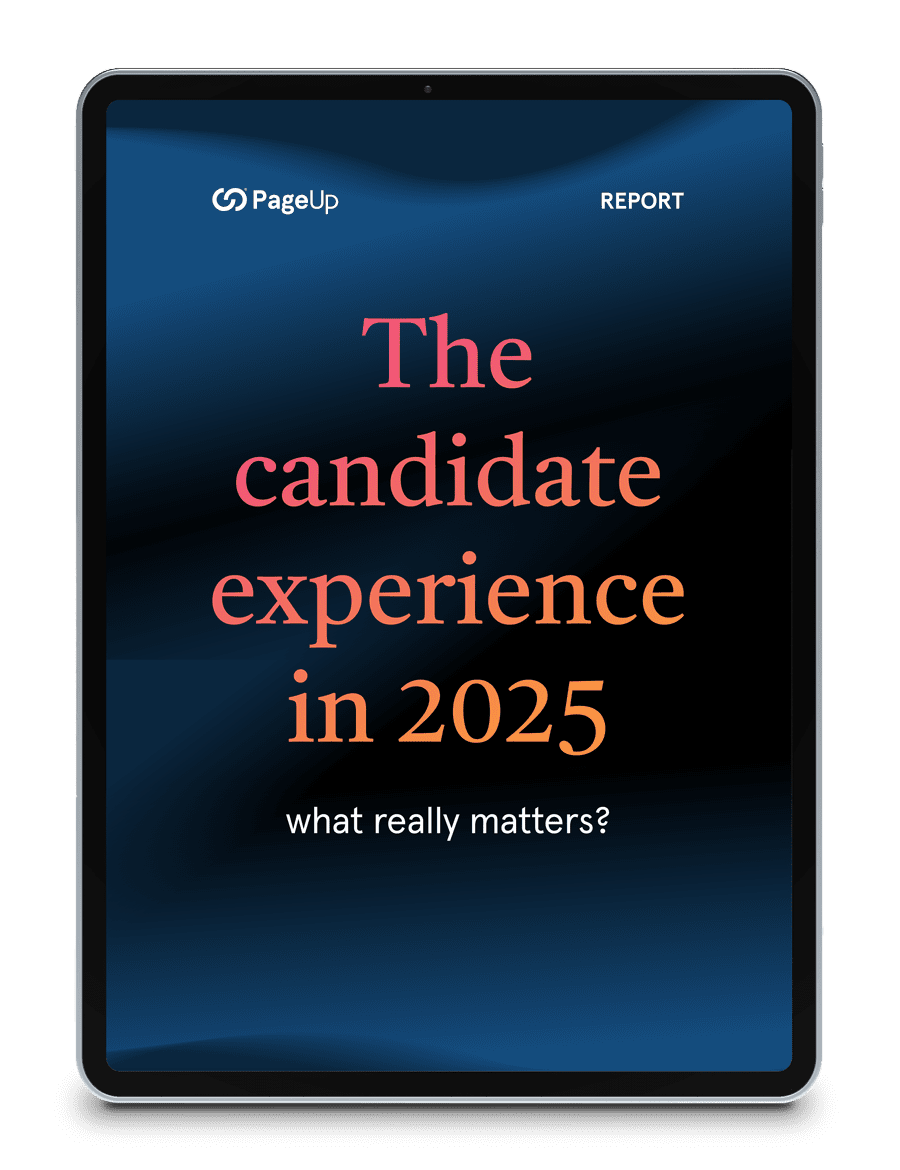Well, no actually. Feeling guilty, I’m wondering: is that the wrong answer?
Apparently, yes, that is the wrong answer, because the Gallup Q12 engagement survey (this is Question 10) has amongst the highest correlations with levels of job satisfaction and employee engagement of a variety of such measurement instruments. And it says I am significantly more likely to be engaged in my work and my workplace if I share it with my bestie.
Perhaps I can salvage my engagement with a better response to other questions, such as whether I have role clarity, the materials and equipment I need to do my job, whether I have received praise for my work in the last seven days or if the organisationorganization’s mission makes me feel my job is important.
The seemingly straightforward label ‘employee engagement’ has a depth and complexity to it that is easily underestimated
The diversity of questions – from the tactical logistics of doing the job, to the emotions triggered by my colleagues and managers – gives some indication that the seemingly straightforward label ‘employee engagement’ has a depth and complexity to it that is easily underestimated.
That’s because, for humans, engagement is the outcome of multiple inputs, only some of which we are consciously aware are acting on us. In Drs. Rock & Tang’s journal piece on the Neuroscience of Engagement, the SCARF model is used to describe how engagement levels are impacted by our perceived status amongst our co-workers, how much certainty, autonomy and fairness we experience in the workplace, and the quality of the relationships we have there. The higher we rate each of these factors, the more likely we are to be engaged.
For humans, engagement is the outcome of multiple inputs, only some of which we are consciously aware are acting on us
Underpinning each of these factors are both conscious and subconscious neurological systems that assess our work landscape and release brain chemicals befitting this assessment as being either rewarding in nature, or threatening.
That picture can, of course, change daily, as we meander through positive and negative experiences at work. You’ve just been given an exciting new project, got great feedback on your work or clicked with an amazing new colleague – it’s been a great day. Conversely, you’re frustrated by work delays beyond your control, feel like your input is ignored or suffered through another performance rating and ranking exercise – get me out of here!
Because we are biologically programmed to maximisemaximize threat and maximisemaximize reward, it follows that we will feel more engaged by work environments that increase the latter and reduce the former. Over time, the daily accumulation of these experiences acts like a neurological net promoter score, subconsciously producing a positive or negative result that rises to the conscious surface in a feeling of job satisfaction and engagement, or dissatisfaction and disengagement.
The daily accumulation of these experiences acts like a neurological net promoter score
So, do the people I work with have a direct impact on my levels of engagement at work? Absolutely. Our social cognitive infrastructure is the most sophisticated and sensitive of all mammals. That said, good working relationships, inspiring leaders, creative colleagues and professional peers are more likely to affect me than whether my best friend is in the workspace next to me.
In our Talent Lab interviews on the topic “has the war for talent become a crusade for engagement?” the elements cited most frequently as bearing on employee engagement (in no particular order) are:
- alignment with the purpose or mission of the organisationorganization
- open and trusting work relationships
- authentic and inspiring leaders
- alignment with the values
- challenging and meaningful work
- making an impact
So, how engaged are you?
Fresh insights for HR
Stay up to date with HR trends, tips and more when you sign up for our industry newsletter





